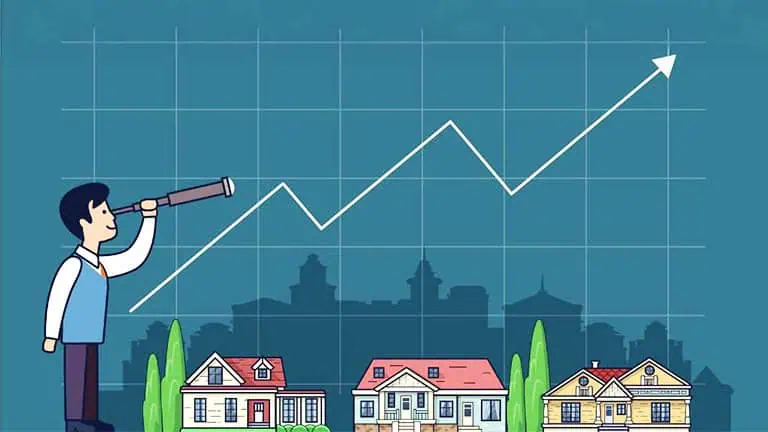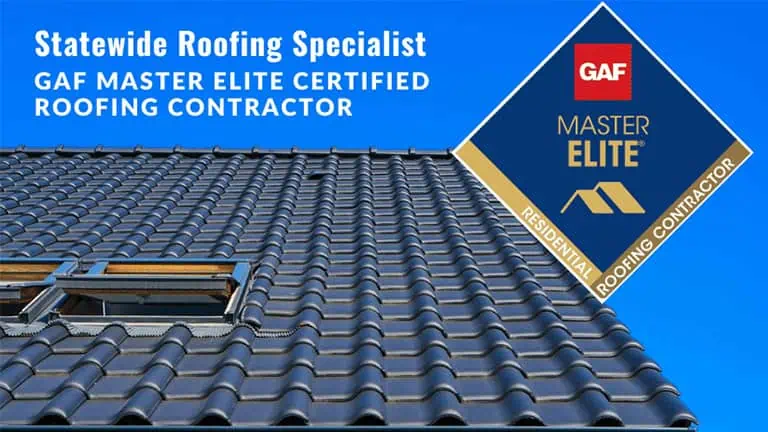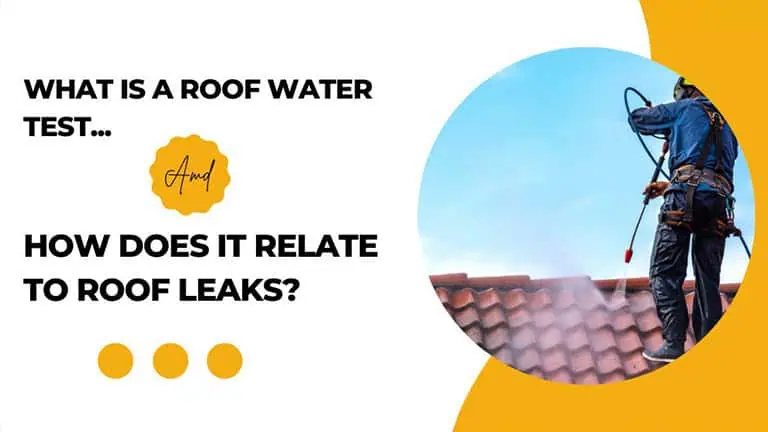
When it comes to home repair and improvement, there are many options available. But one of the most important decisions you’ll make is the type of roof installed on your home. Choosing a material can significantly impact how much it costs and its durability.
Home repair and improvement costs have continued to rise over the years
Home repair and improvement costs have continued to rise over the years. The cost of a new roof installation will vary based on your home’s size, age, and condition. For example, suppose you are replacing an older tin roof with new composition shingles that are more expensive than traditional asphalt shingles. In that case, you may increase your overall project costs.
If you want to avoid paying too much for a new roof installation or any other home improvement project that involves labor costs (such as painting), consider hiring professionals instead of doing it yourself. You can save money by hiring contractors who specialize in general contracting services like HVAC installations & repairs or plumbing repairs/installations. However, remember: these services usually require specialized equipment such as ladders, so make sure they’re available before starting work!
Roofing Installation Prices
Roofing installation prices have risen by about 50% over the past ten years. The main reason is that material costs, labor costs and contractor fees have increased significantly.
Additionally, many contractors offer premium products at higher prices. For example, many roofers offer shingles with a lifetime warranty or extended warranties on their craft—which can add hundreds of dollars to your final bill if you choose them.
The good news is that there are ways to save money on roofing installation costs. One way is choosing a less expensive product for your homes, such as asphalt shingles instead of metal roofing materials like steel or copper. Another option would be choosing an experienced contractor who offers lower prices than other options available in your area.
Causes of increase in the roof prices
There are many reasons why roof prices continue to rise, but they can be broken down into three categories.
The cost of materials and labor
Materials such as asphalt shingles, fiberglass batts, rolls, plywood, and cement are all expensive compared to other building materials like steel or concrete. Each material has costs, including transportation expenses between suppliers and manufacturers. The price also includes labor rates per hour, overhead costs such as utilities used during installation; taxes on the materials themselves (upstream); equipment rental fees if you don’t have access to your equipment (downstream).
The cost of insurance
Many roofing companies will require proof of insurance before beginning any work. This is because contractors must be protected from liability if something goes wrong during installation.
The Cost of Metal Roofing Material
Metal roofing is more expensive than other types of roofing:
- Aluminum and steel are two common metals used for roofing materials. While these metals are inexpensive, they also have drawbacks compared to other materials such as ceramic tile or asphalt shingles. Aluminum can rust after exposure to moisture and eventually lose its durability; steel requires more maintenance and regular cleaning or repainting.
- Another drawback is that aluminum has an increased life expectancy, while both types of metal require frequent replacement due to wear and tear on the material over time (i.e., scratches).
- Metal roofing is more durable than other types of roofing. Metal roofing material costs are lower than asphalt shingle, slate, and tile roofing. However, you’ll find that aluminum is the most vital type of metal for durability, making it ideal when installing new roofs (as long as there isn’t any rust). While steel panels also have superior levels of strength and durability compared to other materials on the market today.
The Cost of Shingle Roofing Material
Shingle roofing materials have increased due to the increase in the cost of raw materials. The price of wood and steel used as raw materials has risen significantly over time. This can be attributed to increased labor costs and demand from consumers who want more durable home products.
Other Roofing Material Costs
Another factor to consider when looking at the metal roofing cost is the type of material you choose. Roofing installation costs will vary depending on the type and size of your roof and where it’s located.
For example, a single-family home with a steep pitch may have a higher price tag than one with flat walls and no dormers or chimneys to reduce its weight (and therefore increase its structural integrity). Similarly, homes built on sloping lots may also see higher prices than those with flat lots because they require additional labor hours during installation due to lifting heavy materials onto their roofs before laying them down.
Asphalt shingles are the most commonly used material for residential roofs. These shingles can come in many colors and styles to match any home’s aesthetic. Asphalt is a low-cost option that will protect from water damage and UV rays from sunlight, making it ideal for those who live in warm climates where there isn’t much precipitation.
Five Reasons Why Roofing Installation Costs continue to rise
The cost of roofing materials is going up, and here’s why:
Reason # 1: Fewer supplies in the US market.
The US dollar is declining against foreign currencies such as Canadian dollars because our country’s economy has slowed down over time. Therefore, it makes sense for businesses like contractors and manufacturers who use many imported goods from abroad (like lumber) to need more money to afford.
Reason # 2: The Deterioration of the US Dollar on Foreign Exchange.
This has caused a shortage of foreign-made goods, which means that prices for imported products have risen sharply and cannot keep pace with inflation.
As a result, materials like asphalt shingles that were once very affordable now cost much more than related products from countries where labor is cheaper or government regulations are less strict (such as China). It makes it more difficult for contractors who specialize in residential construction projects such as residential remodeling jobs to compete against companies offering similar services but with lower prices because they don’t have access.
Reason # 3: The Rising Cost of Building Materials.
The cost of materials, labor, and insurance contribute to the rising prices you see in your next roof replacement project. Insurance coverage and other expenses associated with your job are also increasing, so you need to pay more for them. You will have many more insurance premiums than usual because the risk is higher now that more damage or injury is involved in the process.
In addition, there are new regulations regarding safety standards on job sites. So, if someone falls off their roof while installing it, they could sue you for damages caused by negligence on your part (if there were any).
Reason # 4: Labor Shortage in Other Industries Lure Construction Workers Away from Construction Jobs.
The number of construction workers has been increasing since 2010 due to an increased demand for new homes and renovations and population growth across America’s cities and towns. However, this increase has caused a shortage of skilled construction workers, so companies will have difficulty finding workers who can work efficiently with their needs.
Reason # 5: Increasing Demand for New Homes and Renovations.
There has been an increase in demand for new homes and renovations over recent years due to the rise in population growth – this means fewer supplies are available in local stores. Hence, prices go up yearly due to inflationary pressures from rising costs across all industries, including construction services like roofing installation companies.
Comparison of Prices & Benefits from Different Types of Roofs
When you compare the cost of a new roof with the cost of repairing or replacing your existing one, there are some clear winners. For example, if you choose to repair your existing shingles instead of replacing them, you will save on labor costs (about $1 per square foot). However, replacing your shingles with high-quality materials and accessories like flashings and underlayment systems may be more expensive than simply repairing them. The same goes for installing new gutters as opposed to thoroughly cleaning out debris from underneath them—it can take several hours for someone who knows what they’re doing but even.
Hence, there are still many factors involved. The long ago they were installed makes this job more challenging than others due to age differences between materials used then and now. Newer technologies exist, such as UV-resistant coatings that help prevent moisture damage over time without sacrificing durability under direct sunlight.
Weigh the benefits and costs when choosing the type of roof for your home.
When choosing the type of roof for your home, it’s essential to consider the life expectancy and cost of materials, labor, and maintenance. The lifespan of a roof can vary depending on its purpose. For example, if you have an older home with slate or tile roofs prone to leaks or stains due to age-related deterioration. These roofs typically need replacing after 15-20 years and will cost more than asphalt shingles because they’re more expensive to replace in this case.
If you’re looking at new construction where there will be no warranty period on materials used in construction (e.g., fiberglass sheeting), then consider two things.
1) How much longer will it last before needing replacement, and
2) What kind(s) would be the most cost-effective over time?
Conclusion: Understanding Roof Costs and Why They Continue to be rising
At Statewide Roofing Specialist, we encourage you to weigh the benefits and costs of different roofing materials. Roofs are one of the most expensive home improvement projects, and a decision on whether or not to replace them should be made carefully.
If you have any questions about the cost of installing new shingles or replacing your existing ones, don’t hesitate to contact us today at 336-480-1824. We’ll be happy to assist you with all your needs related to roofing installation services.



